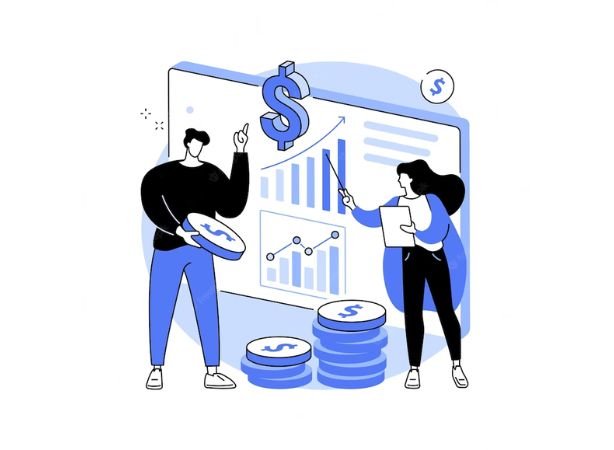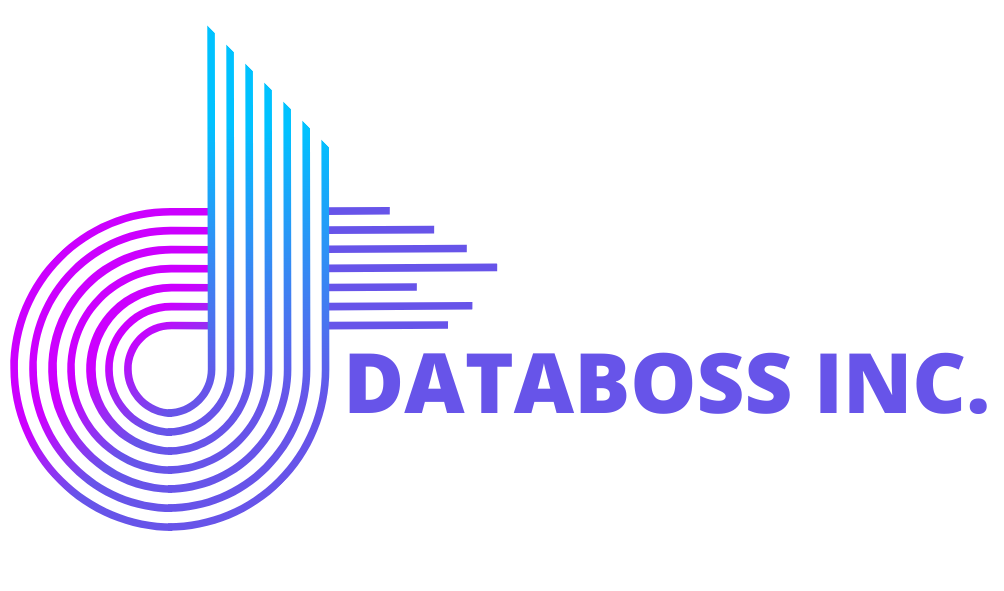The traditional way to go public
The company will typically work with an investment bank to underwrite the offering, which means that the investment bank will help the company set a price for its shares and sell them to investors. Become a publicly traded company in the U.S. financial market.
- Raise capital to grow your business
- Making your shares available to the public
Transform Private company
into publicly traded
A traditional Initial Public Offering (IPO) is a process by which a private company goes public by offering its shares to the public for the first time. Here are six key points about a traditional IPO.
Preparation
- Internal Assessment: The company conducts an internal review to ensure it is ready to go public. This includes auditing financial statements, improving corporate governance, and ensuring compliance with regulatory requirements.
- Hiring Advisors: The company hires investment banks (underwriters), legal advisors, and accounting firms to guide the process.
Choosing Underwriters
- Selection Process: The company selects one or more investment banks to underwrite the IPO. These banks help determine the offering price, buy the shares from the company, and sell them to the public.
- Underwriting Agreement: The terms of the IPO are outlined in an underwriting agreement between the company and the underwriters.
Regulatory Filings
- Filing with the SEC: The company files a registration statement (S-1 form in the US) with the Securities and Exchange Commission (SEC). This document includes detailed information about the company’s business, financials, and risks.
- SEC Review: The SEC reviews the registration statement, often resulting in a back-and-forth process to address any concerns or deficiencies.
Achieving New Heights in the Public Market with a traditional Initial Public Offering (IPO)
When a company lists its securities on a public exchange, the money paid by the investing public for the newly issued shares goes directly to the company (primary offering) as well as to any early private investors who opt to sell all or a portion of their holdings (secondary offerings) as part of the larger IPO. An IPO, therefore, allows a company to tap into a wide pool of potential investors to provide itself with capital for future growth, repayment of the debt, or working capital. Let’s have a look at the key IPO terms that you must know.






Traditional IPO Considerations

Additional Considerations
A traditional IPO is a significant milestone for a company, offering numerous benefits but also introducing new challenges and responsibilities. The process requires meticulous planning, significant resources, and strategic execution to ensure a successful transition from a private to a public entity.
Post-IPO
Considerations
A traditional IPO is a significant milestone for a company, offering numerous benefits but also introducing new challenges and responsibilities. The process requires meticulous planning, significant resources, and strategic execution to ensure a successful transition from a private to a public entity.
Maintaining Investor Relations
- Transparent Communication: Regular, transparent communication with investors is crucial. This includes earnings calls, press releases, and investor meetings.
- Managing Expectations: Setting realistic expectations and delivering consistent performance can help build and maintain investor trust.
Lock-Up Period
- Insider Trading Restrictions: After an IPO, there is typically a lock-up period (usually 90-180 days) during which insiders and early investors cannot sell their shares. This helps stabilize the stock price by preventing a flood of shares entering the market.
Key Considerations:
Market Conditions
Companies often time their IPOs to coincide with favorable market conditions to achieve a higher valuation.
Valuation
Determining the right valuation is critical for balancing the interests of the company and investors.
Investor Relations
Post-IPO, maintaining strong investor relations is crucial for sustaining stock performance.
Going public for the first time
Taking your company to the next level
Build a company that is worth investing
Databoss assists companies in preparing the required documentation, meeting regulatory standards, and structuring the offering. They work closely with legal, financial, and marketing teams to ensure a smooth and compliant IPO process.
Raise substantial capital from public investors, enhancing financial stability, and brand recognition. Attracting potential customers, partners, and employees.
Raise capital through Regulations
The traditional IPO process typically involves the following steps:
- The company files a registration statement with the Securities and Exchange Commission (SEC).
- The company engages an investment bank to underwrite the offering.
- The investment bank conducts due diligence on the company and establishes a price range for the shares.
Preparation and Underwriting
The company seeking to go public typically hires investment banks to serve as underwriters. The underwriters help the company prepare for the IPO, which includes due diligence, financial audits, and regulatory filings, most notably the S-1 registration statement with the Securities and Exchange Commission (SEC).
Valuation and Pricing
Roadshow and Marketing
Going Public
Traditional IPO
A traditional Initial Public Offering (IPO) is a process by which a private company goes public by offering its shares to the public for the first time. Here are six key points about a traditional IPO
The company seeking to go public typically hires investment banks to serve as underwriters. The underwriters help the company prepare for the IPO, which includes due diligence, financial audits, and regulatory filings, most notably the S-1 registration statement with the Securities and Exchange Commission (SEC).

The underwriters work with the company to determine its valuation and set the initial offer price for the shares. This process involves analyzing the company’s financial health, market conditions, and demand from institutional investors during the “roadshow,” where the company presents its business model and financials to potential investors.

After the IPO, the company becomes publicly traded and subject to ongoing regulatory requirements, such as quarterly and annual financial reporting, adherence to corporate governance standards, and maintaining investor relations. The company’s stock price will fluctuate based on market conditions, company performance, and investor sentiment.

Go Private to Public
Unlocking the Power of Public Markets with Databoss
Precise Documentation:
Databoss’s expert team assists businesses in preparing all necessary IPO documents, including comprehensive prospectuses and accurate registration statements. Through meticulous attention to detail, they ensure that these documents comply with legal requirements, enabling a smooth and compliant IPO process.
Guiding the Way: Compliance You Can Trust:
Databoss is well-versed in SEC regulations and exchange listing requirements, ensuring that businesses sail through the regulatory complexities unscathed. By navigating the legal landscape effectively, they safeguard clients from potential legal pitfalls and instill investor confidence.
Your Path to Public Success:
In case of an unsuccessful IPO, we review your company’s management approach to help you optimally recoup losses and move forward strategically. We assist you in negotiating favorable IPO terms, including the share price and other crucial elements.Holding hands:
Databoss provides ongoing support after the IPO, facilitating investor relations and helping the company navigate the responsibilities of being a publicly traded entity. By maintaining transparent communication with investors and meeting reporting obligations, companies can foster trust and long-term relationships with their shareholders.
“Working with Databoss was a game-changer for our company’s IPO. Their deep understanding of the market. Thanks to their guidance, we confidently navigated the complexities and achieved a highly successful public offering.”
Edward Kennedy

INSIGHTS
In-Depth Insights for Your Journey
20+
100%
Success rate
$500M+
FAQ
FAQs about paid search management
Looking to learn more about paid search management for your business? Browse our FAQs:



